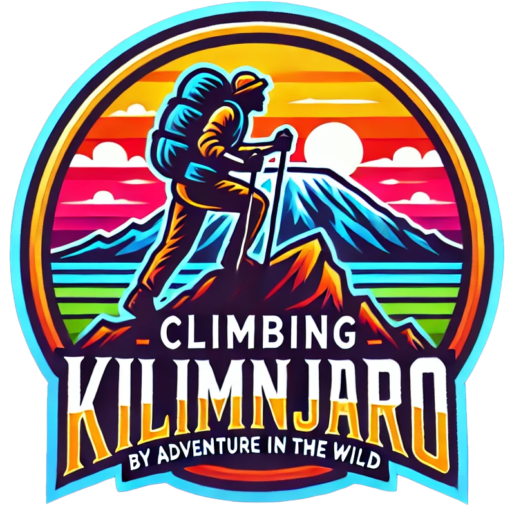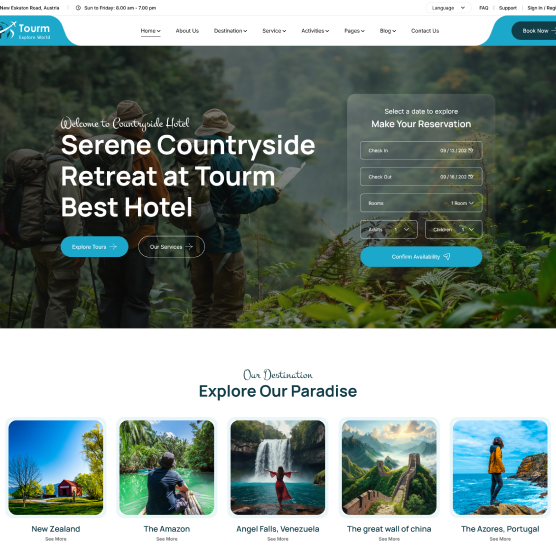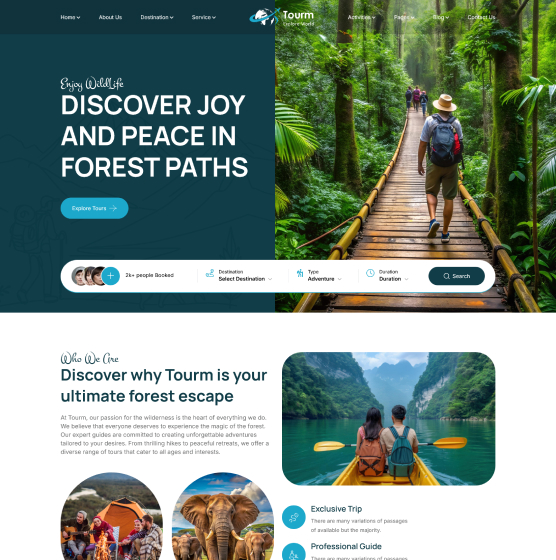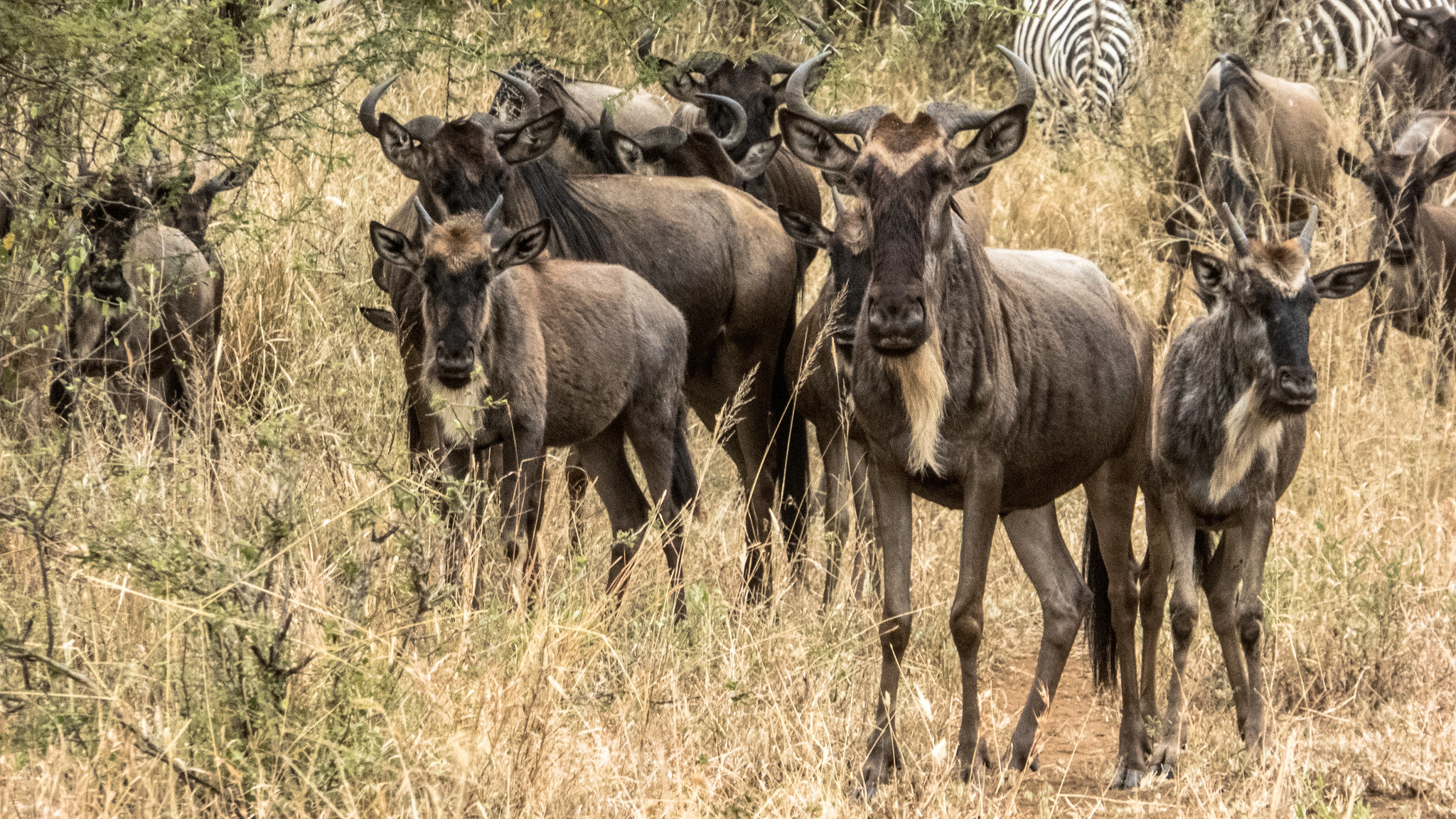12 Essential Things to Know Before Embarking on a Safari in Tanzania
Here are 12 Essential Things to Know Before Embarking on a Safari in Tanzania. Are you preparing to embark on a safari in Tanzania? Are you curious about the experience of exploring Tanzania’s renowned national parks and conservation areas? Here are 12 Essential Things to Know Before Embarking on a Safari in Tanzania.
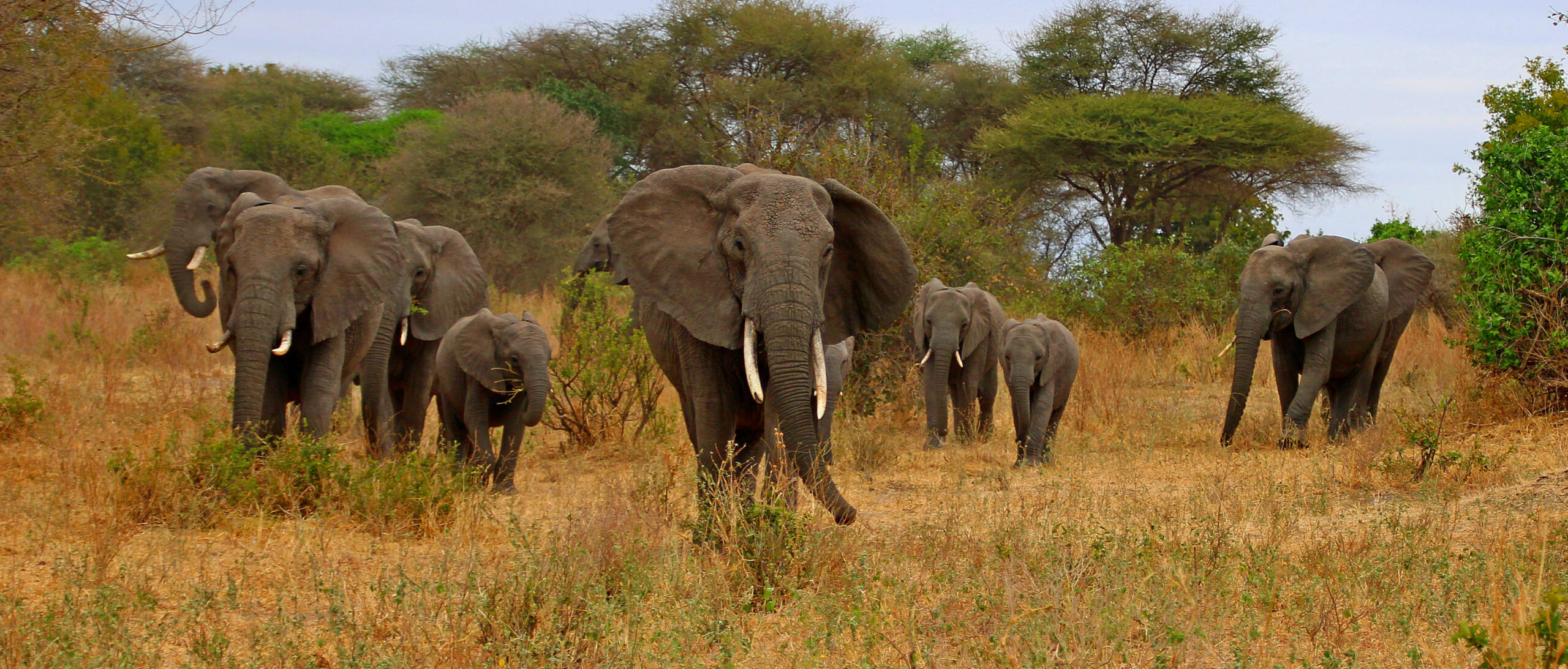
-
Tanzania is a premier safari destination.
Tanzania is widely considered one of the best places in Africa for an authentic safari adventure, despite our partiality. While over 20 countries offer safari experiences, Tanzania consistently ranks at the top among both tourists and travel experts.
It’s home to iconic wildlife havens like Ngorongoro Crater and Serengeti National Park. Ngorongoro, the largest intact caldera in the world, spans 100 square miles (259 sq km) and contains a unique, enclosed ecosystem with about 25,000 animals. Meanwhile, the Serengeti—whose name means “endless plains” in the Maasai language—covers approximately 12,000 square miles (30,000 sq km) and is famed for the Great Migration of nearly two million wildebeest.
Other highlights of the Northern Circuit include Tarangire, Lake Manyara, and Arusha National Parks, each offering distinct wildlife and landscapes.
-
A safari isn’t quite like a nature documentary.
Television wildlife shows offer dramatic, curated stories built from months of filming. While those moments are wonderful, a real safari delivers something even better: raw, unscripted nature.
Seeing a predator hunt in person is rare but exhilarating. These intense moments are fleeting and hard to predict, but the thrill of potentially witnessing such events is part of what makes a safari so compelling.
-
Expect rough and dusty roads.
Most roads in and between the parks are unpaved, so bumpy rides are the norm. Safari-goers often joke about the “African massage” that comes with all the bouncing around.
In the dry season, dust can be overwhelming. We recommend bringing a bandana, Buff, or mask to cover your face, especially if you’re sensitive to dust. Long days in the vehicle can also be tiring, so consider bringing a neck pillow for comfort.
-
Safaris are safe—as long as you stay in the vehicle.
Pop-up roofs equip custom safari vehicles for optimal viewing. While this setup offers direct exposure to the wildlife, animals are used to vehicles and generally ignore them.
Therefore, it’s crucial to always exit the vehicle at a designated spot. People may perceive a person standing outside a car as either a threat or a potential victim. Your guide will help you find safe rest stops if needed.
-
Your guide is your wildlife-spotting expert.
Our guides are seasoned pros. With profound knowledge of the parks and animal behavior, they can often locate animals from remarkable distances.
They also stay connected with other guides via radio to share real-time updates on sightings, which maximizes your chances of seeing rare animals. And over time, your own wildlife-spotting skills may sharpen too!
-
You’ll see plenty of animals—but not necessarily all of them.
Each park features different terrain and wildlife. Common sightings include gazelles, wildebeests, zebras, buffaloes, baboons, giraffes, elephants, and lions.
The “Big Five”—lion, leopard, elephant, buffalo, and rhino—are the most coveted sightings, but some are harder to spot. Rhinos are rare, leopards often hide in trees, and cheetahs are solitary and elusive.
-
The guide provides guidance, but you make the final decisions.
Since all safaris are private, your guide caters to your interests. Want to focus on elephants or skip the zebras? Just say so.
You also decide how long to linger at a sighting or when to head back to camp. Open communication ensures the experience is tailored just for you. We recommend booking early, particularly during peak seasons (July–October and December–February).
-
Five days is the sweet spot.
Safari durations vary from single-day excursions to week-long adventures. Most visitors combine their safari with a Kilimanjaro trek, and five-day safaris tend to strike the right balance.
These itineraries usually include Ngorongoro Crater, Serengeti, Tarangire, and Lake Manyara, offering a wonderful mix of scenery, game drives, and rest time.
-
You can float above the Serengeti.
For a truly unique perspective, consider a hot air balloon ride over Serengeti National Park. Flights launch at sunrise and drift with the wind, offering views of remote areas inaccessible by vehicle.
Though pricey, it’s often a highlight for visitors. The one-hour ride can take you over herds of wildebeest, lion prides, and hippo pools. Advance booking is required, and it’s available on itineraries of five days or more.
-
Tented camps offer comfort with a rustic twist.
Accommodations range from lodges to upscale tented camps—canvas tents with solid bases, beds, and en suite bathrooms. These camps provide modern comforts like electricity, Wi-Fi, and hot showers, all while letting you stay closer to nature.
Your daily routine typically includes breakfast at camp, a morning game drive, a picnic lunch in the park, and dinner back at the lodge or tent.
-
You don’t need special gear.
There’s no need to purchase new clothing specifically for the safari. Most people wear what they brought for hiking vnjaro—light layers, comfortable pants, and sun protection. A fleece or jacket is good for cooler evenings.
Binoculars are optional, as most guides provide them. If you want the classic safari look, go for a button-up shirt and wide-brimmed hat.
-
For the best photos, bring a zoom lens.
Smartphones and compact cameras work fine for most people. But to capture detailed wildlife shots, especially from a distance, a DSLR with a 200mm to 300mm lens is ideal.
A powerful telephoto lens can elevate your photography from good to spectacular. If buying one is too expensive, consider renting gear for your trip.
